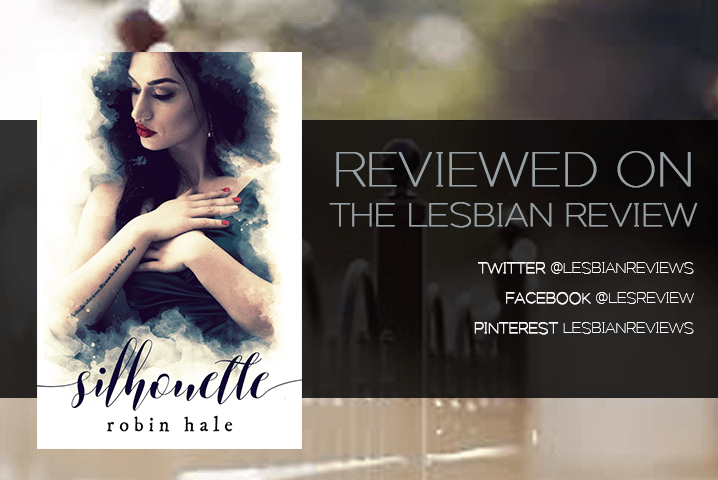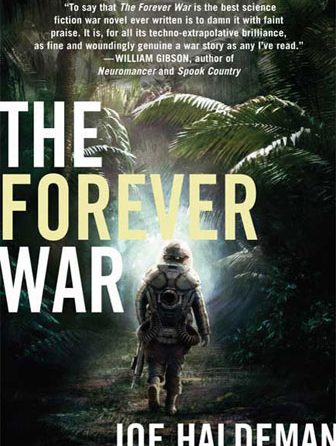Drawing the Line: When to stop submitting a story
Welcome back to my on-going series on how to market and sell short fiction. These posts are written in a very specific sequence, with each entry building on earlier ones. You can read my earlier posts here.
Last week in Part 15, I dealt with how to handle rejections. This week, I’ll try to answer one of the most common questions on selling short fiction: how many rejections are too many?
Never Give Up – Never Surrender
Is there a point where you should tell yourself that this particular story is never going to sell? Is there some magic rejection count that signals that this story should go on the shelf?
The short answer is NO. As I said last week on how to best deal with rejections: keep it in the mail.
But, you say, surely any story that’s been bounced twenty times can’t be a very good story?
Trust me, at twenty rejections, it’s still a virgin. Let me give you some examples from my own experience.
I sold my story “The Boys Are Back in Town” early in my career for over $2,000 to an excellent young-adult magazine. That story had been rejected twenty-six times before that. It was their lead story in the issue. I included it in my second collection, Chimerascope, and it even garnered some nice reviews. I’ve since sold to that same market multiple times. And in case you’re not aware of what short fiction pays (we’ll deal with that in the upcoming set of posts), $2,000 is a lot of money for a story.
Here’s a more recent and even more telling example. I mentioned last week that the first story I ever wrote, “Spirit Dance,” was also the first story I ever sold, to the Canadian anthology series Tesseracts. It sold after eight rejections. Eight rejections. That’s not many, right?
The second story I wrote, also set in my Heroka shape-shifter universe, was “A Bird in the Hand.” After “Spirit Dance” sold, I figured that “A Bird…” would also shortly sell. Nope. It didn’t. I continued to write and sell stories, but “A Bird in the Hand” remained unsold, year after year.
But I kept it in the mail. I never gave up on it. And finally, in 2011, the story appeared in Warrior Wisewoman 3, a popular anthology series. This sale came fifteen years after I wrote the story and after (wait for it) sixty-five rejections. It even got some nice reviews.
Never give up on a story. Keep it in the mail.
Revisiting a Story that Keeps Going Bouncy-Bouncy
Last week, I recommended not changing a story based on one or two feedback comments on rejection letters. So, did I leave “A Bird in the Hand” unchanged through those sixty-five rejections?
No, I revisited the story, maybe twice, over those fifteen years, but not to address feedback from editors in their rejection letters (there generally wasn’t any).
Rather, I reread the story with fresh eyes and with the deeper and broader knowledge of my craft that I’d acquired since I wrote it as a complete beginner. And yes, I made changes to the original. But nothing major. Smoother prose, better dialog, fewer speech attributions. Nothing more than tweaks.
Because the story itself still stood up, in my biased view. Most importantly, it was still the story that I wanted to tell. And I still believed that it would sell.
So I kept it in the mail. (Yes, I’m repeating that a lot.)
What to Do When You Run Out of Markets
In part 7, I talked about defining your top markets to target for your stories (basically I recommend sending only to markets that pay professional rates or have high prestige in the industry). Your strategy should be to submit your stories to only those markets. Most importantly, you should start at the top of that list and work your way down with each rejection until you sell the story.
So what do you do when you reach the bottom of your list? What should you do when you’ve run out of markets that you want to submit to?
The most important thing is that you should not lower your standards. Do not submit that story to markets that are below your minimum threshold.
Instead, you need to be patient. You need to wait for new professional markets to emerge. And they will.
When I was sending out “A Bird in the Hand” and receiving my constant stream of rejections, my personal target market list was certainly a lot less than the sixty-five markets that eventually rejected it before it sold. So what did I do?
I was patient. I waited. I checked Ralan’s market list regularly and stayed current on the new markets opening up. I also kept track of when editors changed at the professional magazines on my target list. Mostly, I waited for new anthologies.
Your best chance for finding new markets will always be anthologies. New magazines, especially ones that pay professional rates, don’t come along that often (although the rise of online and ebook magazines is starting to change that, for the better).
But every year will bring a new batch of professional anthologies, and the best part about anthologies, especially for a hard-to-sell story, is that they are usually themed. The Warrior Wisewoman anthology series, where I eventually sold “A Bird in the Hand,” has a theme of strong woman protagonists in science fiction, which was a great fit for my story of a female shape-shifter captured in a secret government laboratory.
It’s a Numbers Game
Yes, I’m repeating that a lot, too. Because it is critical to your career. While “A Bird in the Hand” was racking up rejections, I was racking up story sales and recognition, because I kept writing other stories and sending them out.
Over those fifteen years that “A Bird…” was going bouncy-bouncy, I had over a hundred sales, won two awards, and was short-listed for several others, including the John W. Campbell for best new writer. If I hadn’t kept writing, I wouldn’t have accomplished any of that and would never have been able to stand up to the constant ego pummeling of the rejections on that one story.
“A Bird in the Hand” was just one more story for me that was making the rounds. I was getting lots of positive reinforcement about my writing from those other stories that were selling and attracting award notice, so it was easy to continue to still believe in a story that hadn’t sold yet.
So…
Keep writing stories. Keep them in the mail. Never give up on a story.
Next Week
This post finishes this mini-series on how to market your short fiction. These posts have been focusing on helping you to actually sell a story. Next week, I move on to a new mini-series on the happier topic of what happens when you do sell a story: “I’ve Sold a Story. Now what?: Contracts, Editing, and Reality.” We’ll begin by looking at contracts.
Next Week: Sign Here: What to look (and look out) for in short fiction contracts
As always, please feel free to add comments and questions, and I’ll respond as best (and as soon as) I can.
~~~~~
PLAYING THE SHORT GAME — The Book!
I am thrilled to announce that I have now repackaged the 32 separate posts that make up this blog series into a book titled Playing the Short Game: How to Market & Sell Short Fiction. The book is completely updated and reorganized, with new material not in this blog series, plus an introduction from multi-genre, multi-award winning writer and editor, Kristine Kathryn Rusch. Here’s an extract from Kris’s intro:
Douglas Smith is the best person to write this book. … He’s one of the few people who has probably published more short fiction than I have, and in more countries, and more high-paying markets. He loves the short story as much as I do, and he’s good at writing them.
He’s just as good at the business side of the profession. He knows more about marketing short stories to other countries than I do. He understands how to manage short fiction contracts very well. He’s up-to-date on 21st century publishing practices, and he has a toughness that the best business people need.
We short story writers have needed a book like this for decades. I’m glad Doug decided to write it. Read and reread this volume. Because you’ll learn something each time you do. And take Doug’s advice. It’s spectacular.
—Kristine Kathryn Rusch
More information on the book, including full buying links for all major retailer sites, is available on my website here.
As a special offer to Amazing Stories readers, I’m offering discounts in my bookstore. Get the ebook or print edition at a discount by using the coupon codes AS-SHORT-E or AS-SHORT-P respectively at my website bookstore. Enjoy!











1 Comment